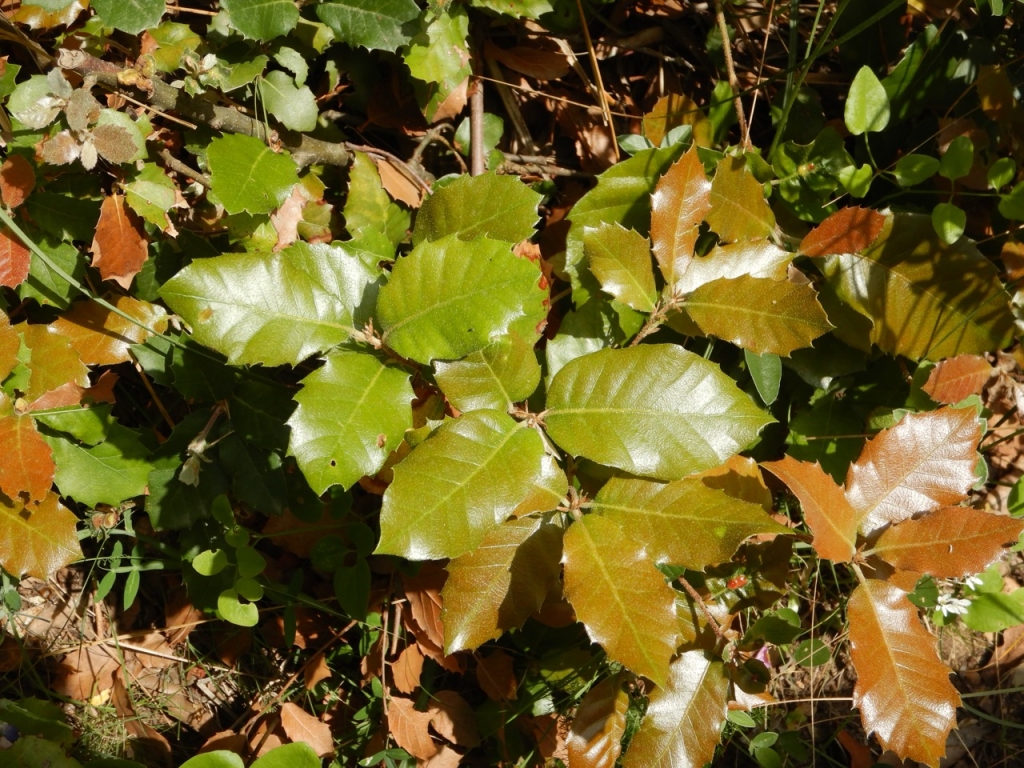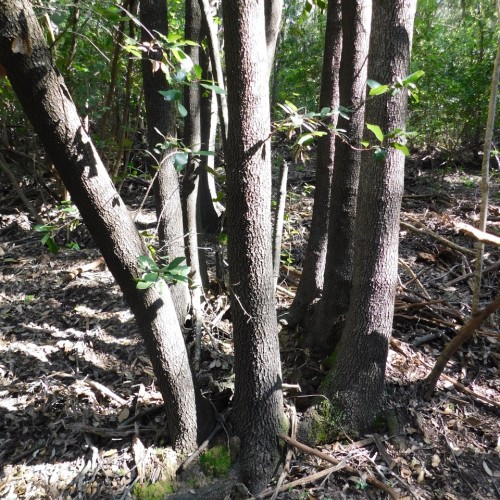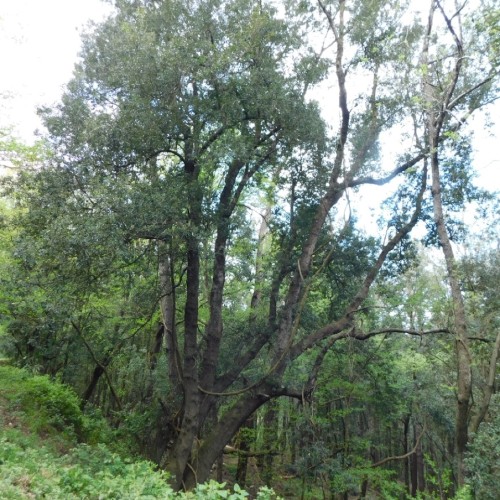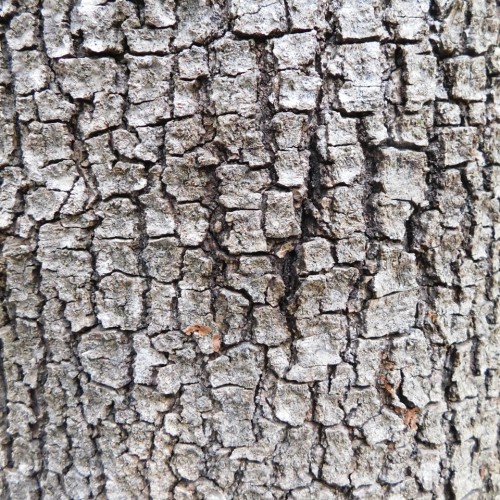
The holm oak (Quercus ilex) may be considered the king of Mediterranean vegetation. Indeed, holm oak woods, made up of numerous specimens of this species, represent the most advanced evolutionary stage (climax stage) of Mediterranean vegetation. Within the island's landscape, this evergreen oak is found almost everywhere, clearly visible and recognisable thanks to its dark green evergreen foliage and canopy. In high forests, now increasingly rare, we find holm oaks reaching heights of 15-20 metres, growing close together and reaching up tall in search of sunlight.
In coppiced holm oak woods, also known as underwood, the specimens are shorter and have multiple stems originating from the many shoots that the tree sprouts from its stump after felling. When these trees are free to grow, not constrained by other trees crowding around them, they grow to a considerable height with a large and majestic canopy. We also find them in medium and low maquis, along rugged cliff tops and on coastal crags, whipped by the wind and exposed to the salty sea spray. In these situations, we can see very old specimens resembling natural bonsai trees, their growth stunted by adverse environmental conditions. Holm oaks have dark grey bark which is smoother in young trees but deeply fissured and cracked in adulthood.
Their leaves are evergreen with edges whose shape varies depending on the age of the tree. The lower and younger leaves may be serrated, or toothed, with numerous small spines. In adult trees, the leaves are leathery and elliptical to lanceolate in shape with a smooth edge, the upper side glossy and dark green and the underside felty and pale. They blossom in late spring, between April and May, with unisexual flowers, the female ones small and inconspicuous and the male ones grouped in pendulous catkins 4-6 centimetres long. Their fruits are acorns which ripen yearly, during the autumn.






